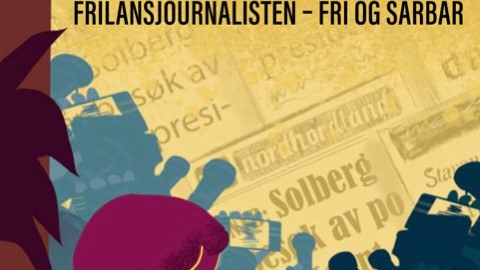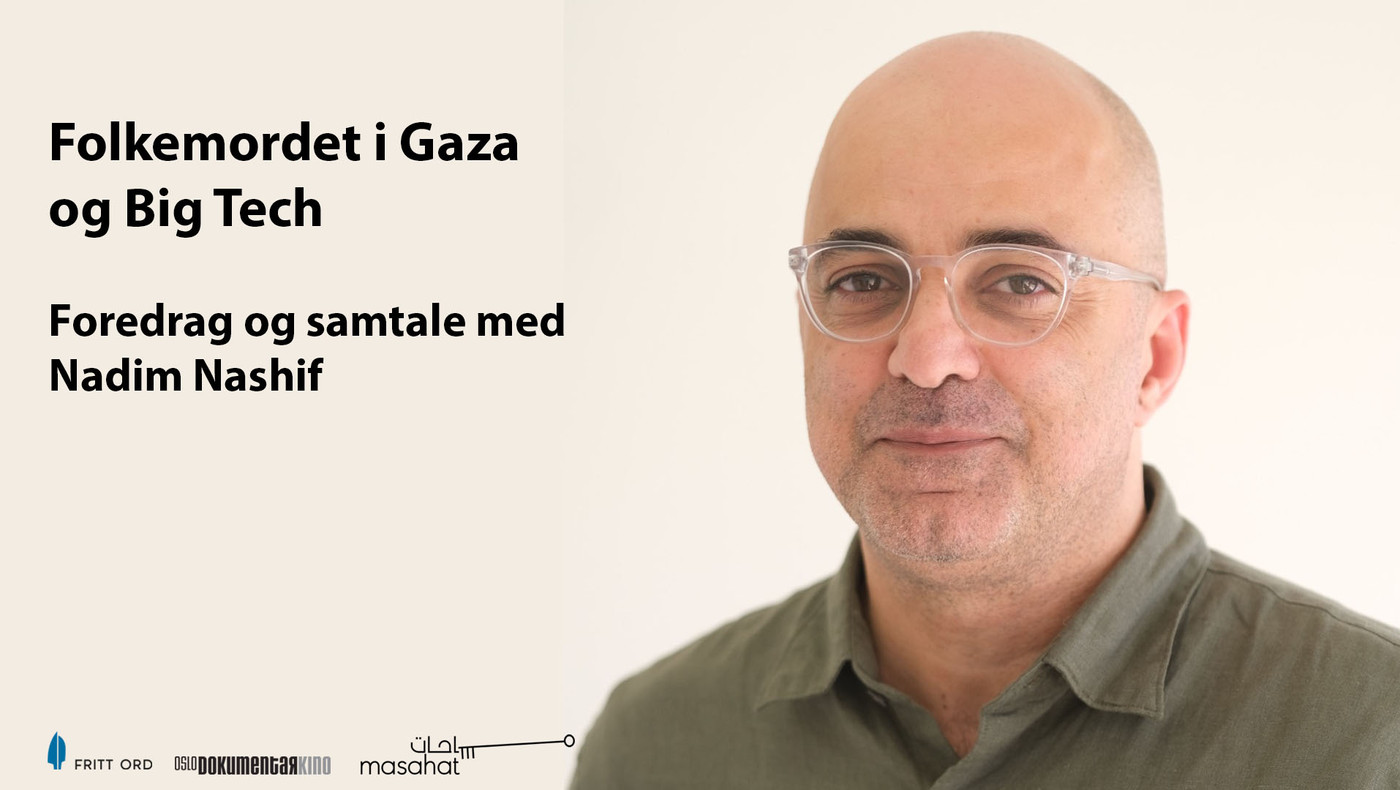The Status of Freedom of Expression in Norway 2015–2017 - some main findings from the book
Press Release, 8 June 2017
Closing Conference for the project ‘The Status of Freedom of Expression in Norway 2015–2017: Boundaries of the public sphere: Do exclusion and self-censorship pose a threat to freedom of expression?’
The Institute for Social Research and Fritt Ord invite the public to the Closing Conference for the project The Status of Freedom of Expression in Norway 2015–2017 and the launch of the book Boundary Struggles: Contestations of Free Speech in the Norwegian Public Sphere (Cappelen Damm Akademisk, 2017) at the House of Literature in Oslo from 10.30 a.m. to 4 p.m. on Friday, 9 June 2017.
Based on surveys, qualitative studies and media analyses, this book is the final result of the project ‘The Status of Freedom of Expression in Norway 2015/2017’, which was initiated and funded by Fritt Ord. The book is open access and can be read here.
One central premise of the book is the notion that the public sphere is the venue for struggles over the power to define boundaries, and conflicts about where the boundaries ought to be set in terms of who gets to participate and what can be said. The 10 chapters of the book cover a wide range of topics related to freedom of expression and the public sphere, all of which are highly relevant to the ongoing discussions. The main findings from each of the chapters will be presented at the conference.
Briefly, some of the main findings from the book are:
- The scope and consequences of hate talk: Our survey indicates that only a small percentage of the general public is ever exposed to hate talk. The consequences are nonetheless serious for those involved: One of three who have experienced hate talk report that they have become more cautious about expressing opinions. Women and individuals from immigrant backgrounds are affected more strongly than others, especially when exposed to the harshest kinds of hate talk.
- Threats and smear campaigns in relation to young politicians: Our qualitative studies of young political leaders indicate that smears and threats can also affect people in power. Here, too, we see that threats and harassment affect some more severely than others; among those interviewed, women and minority politicians are the ones who report particularly serious cases.
- The caricature conflict and self-censorship: According to our population study, people’s propensity to state an opinion about caricatures depends on whether or not they think others agree with them in both public and private arenas. Thus, the experience of what constitutes the majority’s view is important. One consequence of the fact that many adapt their opinions to those of the majority, may be that certain opinions and views never get as far as the public debate.
- Fear of stigmatisation: The informants who are critical of current immigration policy were found to be afraid of being branded immoral and racist, of being met with silence, or of actually experiencing social isolation and exclusion themselves.
- Little confidence in journalists’ independence: The legitimacy of the press as a gatekeeper for the public debate is being questioned. The survey indicates that many doubt that journalists act independently of sources and their own political opinions, and that distrust is greatest among voters on the conservative side of Norwegian politics. However, criticism that the media are too sensation-oriented, allowing only extreme views to be heard, and that they are Oslo-centric, is heard repeatedly across the political spectrum.
About the Closing Conference
The Closing Conference at the House of Literature will begin with an introduction by Frank Rossavik, a member of Fritt Ord’s Board. After that, Project Manager Arnfinn H. Midtbøen (Institute for Social Research) will give a general briefing on the project as a whole. The goal of the project has been to examine in greater detail the processes or social mechanisms that define the boundaries for public participation, and to determine how these boundaries are set, maintained and changed. The project has examined how boundaries are drawn among those who are already in and contribute to defining the public space, e.g. editors and young politicians, and how the public space is experienced by most people, as well as by those who find themselves on the periphery, i.e. in the rim zone of the public space.
The remainder of the programme will be divided into two segments, both of which will be followed by panel discussions. The first segment will address exclusion and self-censorship as threats to freedom of expression. Audun Fladmoe will present fresh data about the scope of hate talk. Kari Steen-Johnsen will discuss findings from the project’s survey, which was conducted six months after the attacks against Charlie Hebdo and investigates people’s propensity to participate in the debate about the publication of caricatures. Arnfinn H. Midtbøen will talk about findings from an interview survey among the leaders of the youth wings of Norway’s political parties and show how threats and smears, as well as conformist party cultures, can impede recruitment to politics and engender internal discord on important social issues. Finally, Kjersti Thorbjørnsrud will present findings from an interview survey among informants who are critical to immigration trends and integration in Norway. She will also show how the fear of stigmatisation and social isolation can contribute to withdrawal and growing polarisation.
The second segment will address the role of the press at a time of growing polarisation and distrust of the media. Terje Colbjørnsen will present an analysis of Norwegian media coverage of freedom of expression issues from 1993 to 2016. Hallvard Moe will talk about findings from a survey on the general public’s view of journalists’ ability to be impartial and independent. Karoline Ihlebæk will report on an interview survey among debate editors revolving around their editing in respect of the immigration debate. Lastly, Marjan Nadim will present findings from an interview survey among ethnic and religious minorities about their strategies to avoid representing a minority group in the public space.
By way of conclusion, Bernard Enjolras will take his point of departure in the book’s last chapter. By examining theories about public space and the processes for drawing boundaries, he develops a sociological perspective for studies on how freedom of expression can be understood as an empirical phenomenon.
In addition to presentations by researchers, the conference will include two panel discussions: one will be about experiences of standing in the face of the storm that the public space can represent, and the other will discuss the role of the media at a time of growing polarisation and distrust. On the first panel, we will meet Mina Bai, Espen Goffeng, Jan Bøhler and Anne Sender, while the second debate panel will consist of Anna B. Jenssen, Erik Tornes and Tormod Strand.
Aslak Bonde will be the moderator of the Closing Conference.
The book Boundary Struggles: Contestations of Free Speech in the Norwegian Public Sphere will be published in digital format and can be read or downloaded free of charge on the websites of the Institute for Social Research, Cappelen Damm and Fritt Ord as from 10 a.m. on Friday, 9 June 2017.
Contacts:
Arnfinn H. Midtbøen, Institute for Social Research: +47 920 82553/ ahm@samfunnsforskning.no
Bente Roalsvig, Fritt Ord, +47 916 13340/ bente.roalsvig@frittord.no




